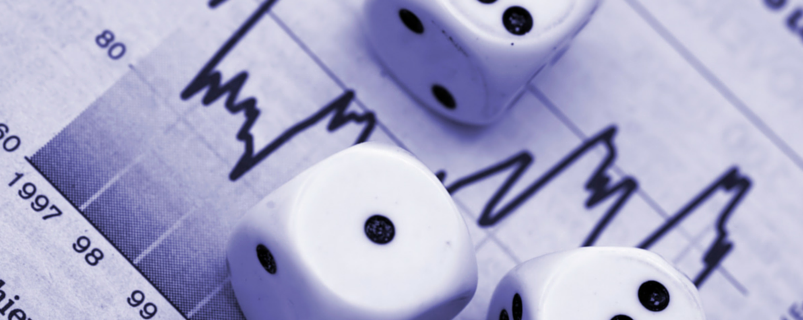SA profits are falling

Arthur Kamp, Investment Economist at Sanlam Investments.
The net operating surplus (NOS) for all SA companies (listed and unlisted) calculated from the Reserve Bank’s national accounts makes for sad reading. The NOS for all corporations, a useful proxy for company earnings, fell 3.8% last year, which is the worst result since the emerging markets crisis in 2008 when total NOS fell 2.2%. During the 2009 recession NOS fell 0.9%.
Accordingly, the share of NOS for corporations in total GDP fell to 15.5% last year, its lowest level since 1999 and well below the peak of 20.4% in 2007.
Specifically, non-financial corporations’ NOS fell 6.1% in 2015, while financial corporations managed a moderate gain of 4.3%. Accordingly, the share of NOS for corporations in total GDP fell from a recent peak of 15.8% in 2008 to 11.9% last year – its lowest level since 1999.
The Reserve Bank does not account for different industries separately. But gross operating surplus (GOS) data, published by Statistics SA and available quarterly, provides some additional insight. Total GOS eked out a gain of 0.8% in the year to 4Q15. The poor performance mainly reflects outright declines in manufacturing (-13.9%) and mining and quarrying (-3.9%). Tertiary sector GOS was a little firmer, increasing 3.2% over the period, supported by an increase of 7.2% in wholesale and retail trade, catering and accommodation.
The implications of the above are far reaching. Businesses are likely to react by cutting costs, including the wage bill. This is likely to constrain employment growth or even result in outright declines in jobs growth, and by extension final consumption by households.
Compensation for workers in non-financial and financial corporations (excluding households, non-profit institutions serving households and general government compensation) increased 8.0% and 9.3% respectively in 2015.
Accordingly, total compensation for financial and non-financial corporations increased to 28.6% of GDP, significantly higher than the 26.9% recorded in 2007 just before the recession. While profitability is not expected to grow, it’s untenable for growth in worker compensation to continue at its current pace.
In parallel, profits are declining, business confidence is depressed, and private sector fixed investment spending growth is palpably weak and at risk of turning negative. The return on capital is simply not enticing enough to prompt businesses to lift investment growth meaningfully.
As a result, total domestic real final demand grew by just 1.7% annualised in 4Q15, and is likely to remain tepid. Also, we still expect just about no growth in total GDP in 2016.
Further, companies’ net operating surplus is the tax base for company tax. Considering the above, the National Treasury’s budgeted increase of 4.9% for company tax in the current tax year may prove too optimistic, adding to the risk of higher tax rates.
So, it’s bad news all round. But we should remain wary of assuming that company earnings according to the national accounts fairly reflect companies’ earnings on the JSE. It’s been estimated that the bulk of JSE-listed companies’ earnings reflect export proceeds, partially protected by rand depreciation, and earnings from operations abroad. The fortunes of a number of JSE-listed companies increasingly reflect global, rather than domestic economic conditions.
What does this mean for investors?
Even though most of the JSE’s earnings come from abroad now, the outlook for offshore profit is not rosy either. Chinese GDP growth is systematically slowing down and the stimulus programmes in Europe and Japan have not yet had any dramatic impact. Over the very long term (seven years and more) we continue to expect both local and offshore equities to outperform other asset classes, though, but expect a bumpy ride!





Comments are closed.